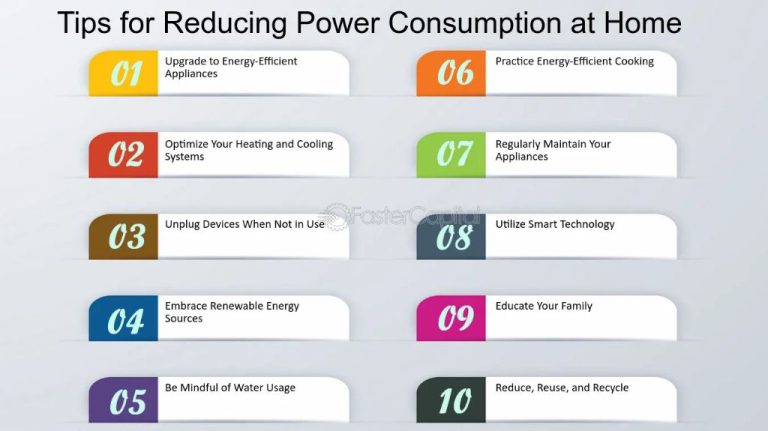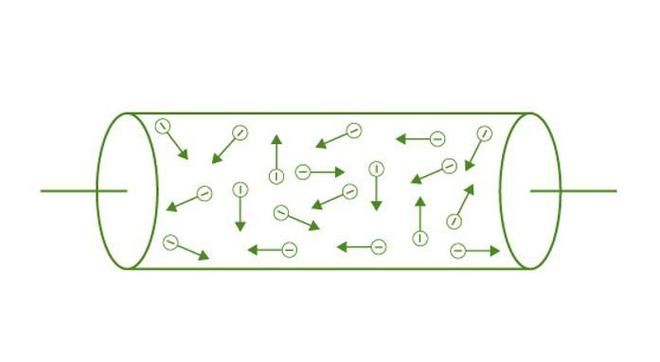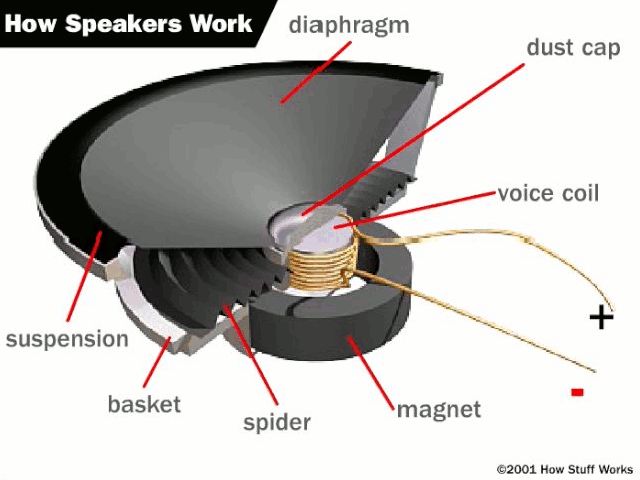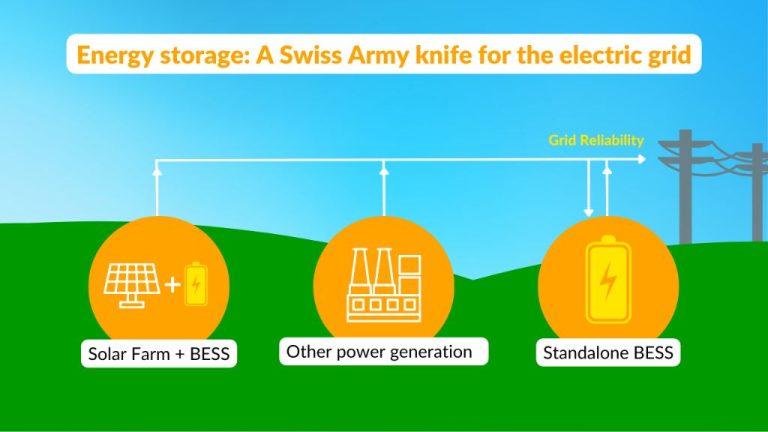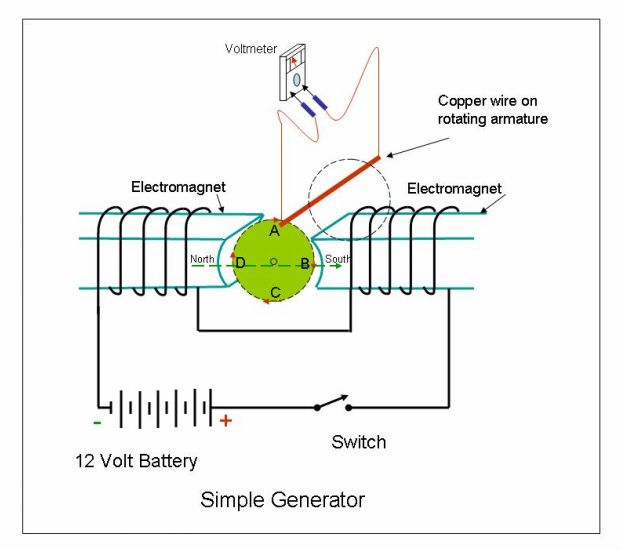How Are Electrons Related To Electricity?
Electricity is a fundamental part of our everyday lives. From powering our homes and gadgets to enabling communication networks, electricity plays a vital role in the modern world. But what exactly is electricity and how is it related to tiny particles called electrons?
The goal of this article is to provide an overview of the basic concepts behind electricity and how electrons enable its flow. We’ll explore what electrons are, their electric charge, how their motion creates electric current, and their role in electrical circuits. Understanding these fundamentals will shed light on many electrical phenomena we routinely experience.
Electric Charge
Electric charge is a fundamental property of matter that causes particles to experience electric forces. It comes in two varieties: positive and negative. Protons have positive charge, electrons have negative charge, and neutrons are electrically neutral. All matter is made up of these basic particles.
The electron is the particle that carries negative charge. Electrons are tiny subatomic particles that orbit the nucleus of atoms. The number of electrons in an atom determines its electric charge. Atoms are normally electrically neutral because they contain equal numbers of protons and electrons. However, electrons can become separated from atoms, creating charged particles. Electron flow is the basis for electric current.
Materials can gain or lose electrons, resulting in an electric charge. Static electricity is the result of charged particles created by electron transfer. Rubbing certain materials together strips electrons away, leaving one material positively charged and the other negatively charged. The attraction and repulsion between charged particles is the root of many electrical phenomena.
In summary, the electron’s negative electric charge is the key to electricity. The flow, accumulation and distribution of electrons creates electrical effects. Mastering control over electron charge and movement allowed humans to harness electricity for power, communications, computing and more.
Electric Current
Electric current is the flow of electrons through a conductor. Electrons are tiny negatively charged particles found in all atoms. Metals like copper have atoms that readily give up their electrons, making them good conductors of electricity.
When a battery or other power source is connected in a circuit, it applies a voltage that gives the electrons kinetic energy and pushes them through the external circuit. The electrons flow from the negative terminal to the positive terminal of the battery. This electron flow is the electric current.
The strength of the current depends on the number of electrons flowing past a point over time. Current is measured in amperes or amps. More voltage from the power source causes more electron flow and a stronger current. Resistance in the circuit will limit the current.
So in summary, electric current is created by the flow of negatively charged electrons. Applying voltage to a conductor pushes electrons and generates this flow. The current flows in a loop from the negative to positive terminal of the voltage source.
Conductors and Insulators
Some materials are better at conducting electricity than others. This depends on how the electrons are arranged in the atoms of the material. In conducting materials like metals, the outermost electrons are loosely bound to the atomic nucleus. This allows electrons to freely flow through the material. However, in insulating materials like glass or rubber, the electrons are tightly bound to the atoms. This restricts their movement, making it difficult for electricity to flow.
The ease with which electrons can move determines whether a material is a good conductor or a good insulator. Materials with high conductivity have a large number of free electrons that can carry electrical current. Copper and aluminum are excellent conductors with a high density of free electrons. Insulators like plastic and ceramic have tightly bound electrons that cannot move easily, impeding the flow of electricity.
When thinking about conductors and insulators, it all comes down to the electron configuration. The way the electrons are arranged around the atoms determines how well a material conducts electricity. Understanding these properties at the atomic level provides key insights into the fundamentals of electricity and electrical circuits.
Static Electricity
Static electricity refers to an imbalance of electric charges within or on the surface of a material. This imbalance results in the static electric charges remaining on an object until they either bleed off to ground or are quickly neutralized by a discharge. The phenomenon of static electricity is directly related to the behavior of electrons.
Electrons can be transferred from one object to another through direct contact. For example, when two initially electrically neutral objects come into contact, electrons may transfer from one object to the other, resulting in one object becoming positively charged and the other negatively charged. The object that gains electrons becomes negatively charged, while the object that loses electrons becomes positively charged.
As the two objects are separated, the displaced electrons are not able to return to their original positions, creating an imbalance of charge called static electricity. This results in an electric field between the two objects. When the strength of the electric field exceeds the insulating properties of the air between the objects, the excess charges will realign through an electrostatic discharge in the form of a spark or arc that neutralizes the charges.
Static buildup occurs most often in dry environments, as water molecules in humid air help dissipate electric charge buildup. Static electricity can create sparks that can ignite flammable mixtures. However, controlled static discharges have practical applications such as photocopiers, air filters, and paint spraying.
Overall, the transfer and imbalance of electrons between objects is the basis for the phenomenon of static electricity and its discharges.
Electric Circuits
Electrons are the particles that carry electric charges in circuits. Electrical circuits provide a path for electrons to continuously flow and produce electricity. In a basic circuit, a power source supplies energy to push electrons through the circuit, a load converts the electrical energy into another form of energy to do work, and conductors provide a pathway for the electrons to flow.
For example, in a flashlight circuit, the batteries act as the power source to provide voltage that pushes electrons through the wires and other conductive components. The light bulb acts as the load that converts the electrical energy into light and heat. The metal contacts and wires act as conductors that allow electrons to flow smoothly around the circuit.
Electrons start from the negative terminal of the battery and flow through the circuit components until they return to the positive terminal, creating a loop. This steady flow of electric charge in the form of moving electrons is called electric current. The current provides energy to the load to perform its function. Control components like switches, transistors and integrated circuits regulate the flow of electrons in the circuit.
If there is a break in the circuit path, the electrons cannot complete the loop and current stops flowing. Likewise, varying resistance in the circuit can reduce current based on Ohm’s Law. Engineers utilize their knowledge of electron behavior to design efficient and functional electric circuits.
Electromagnetism
Electromagnetism is the relationship between electricity and magnetism. Electron movement is directly responsible for creating magnetic fields. When electrons flow through a conductor like a wire, their movement generates a magnetic field perpendicular to the direction of electron flow. The magnetic field spirals around the wire, with the strength of the field dependent on the amount of current flow. In this way, an electric current produces magnetism.
The principles of electromagnetism are utilized in many electrical devices. Electromagnets consist of a coil of wire that acts as a magnet when electric current passes through it. Electric motors rely on electromagnetism by using current-carrying coils within a magnetic field to spin rotors. Generators convert motion into electrical current using the principles of electromagnetism in reverse. Overall, the intrinsic link between electricity and magnetism via electron movement provides the foundation for significant advances in technology and electronics.
Electrical Power
Electricity generation relies on the movement of electrons to produce electrical power. Most electricity is generated at power plants using methods that spin magnets near conductors, like copper wires, to induce a flow of electrons.
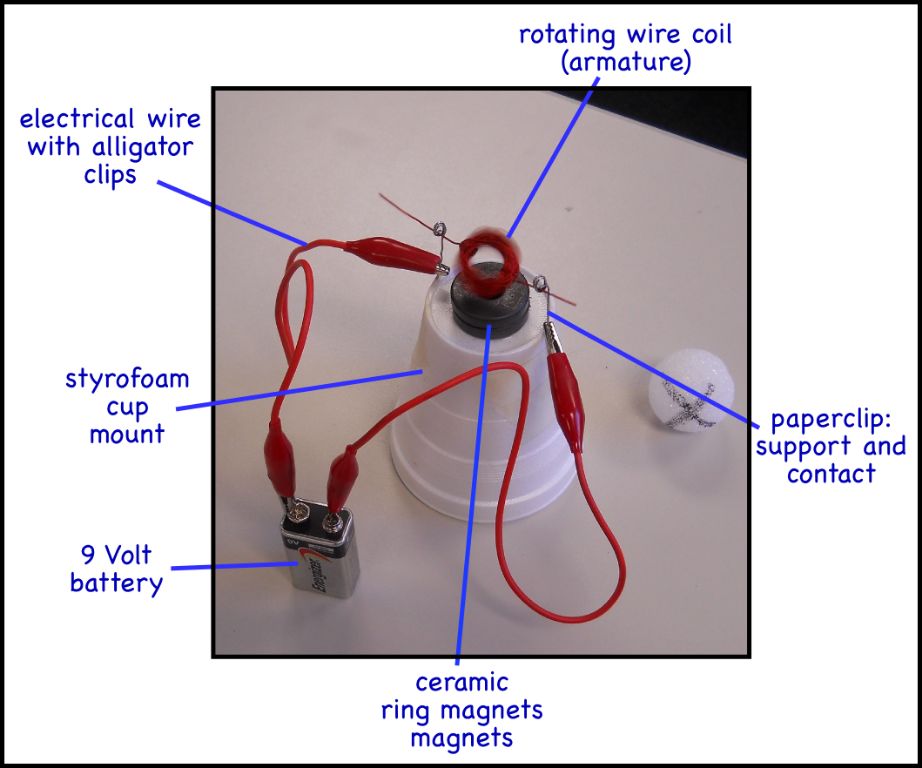
For example, at coal power plants, coal is burned to heat water into steam. This steam then spins large turbines which rotate magnets inside coils of wire, usually made of copper. As the magnets spin near the copper coils, the magnetic field induces the electrons in the copper to flow and generate electricity.
Similarly, at nuclear power plants, nuclear reactions produce intense heat that creates steam to spin turbines and generators. Dams use the motion of flowing water to spin turbines, again moving magnets near copper coils to produce electricity.
Even wind turbines and solar panels work by moving electrons. Wind spins turbines; solar photovoltaic cells use the energy from sunlight to knock electrons free in semiconductor materials to create an electron flow.
So in all these methods of generating electricity, it is ultimately the motion of electrons within conductors like copper wires that produces electrical power. Understanding how electrons can be moved to generate electricity helps engineers develop new and improved power generation technologies.
Electronics
Electrons are essential for all modern electronics. Electronics take advantage of the movement of electrons to perform useful functions. Here are some examples:
The integrated circuits inside computers and other digital devices depend on the flow of electrons to process information. Transistors act as switches, with electrons moving across gaps within the transistor to represent the 1s and 0s of binary code. Billions of these transistor switches enable complex computations and digital operations.
Radio, television, cell phones, and other telecommunication devices rely on the oscillation of electrons to generate electromagnetic waves for transmitting data and information wirelessly over long distances. Controlled electron flows through antennas and circuitry enable the encoding and transmission of voice, video, and internet communications.
In power generation, electrons moving through wires, generators, and transformers allow electricity to be efficiently produced from other energy sources like wind, solar, hydro, fossil fuels, or nuclear and then distributed for widespread use in homes, businesses, and industry.
These are just a few examples of how the motion of electrons enables the advanced electronics that power our modern world. Whether communicating across the globe, powering our homes and cities, or performing rapid computational tasks, electron flows are at the heart of these critical technologies.
Conclusion
Electrons are fundamental particles that play key roles in electricity and electrical phenomena. As negatively charged subatomic particles, the flow of electrons in the form of electric current is the basis for all electrical circuits and appliances. The movement of electrons between atoms is responsible for electrical conductivity in metals and semiconductors. Electrons can build up on surfaces to create static electricity through friction. The principles of electromagnetism explain how the motion of electrons can induce magnetic fields, which is critical for electrical generators, motors, and transformers. Electrons flowing through electronic circuit components enable modern computing, communications, and technology. In summary, the behaviors and interactions of electrons are central to explaining all electrical effects that we observe and harness in everyday life.

